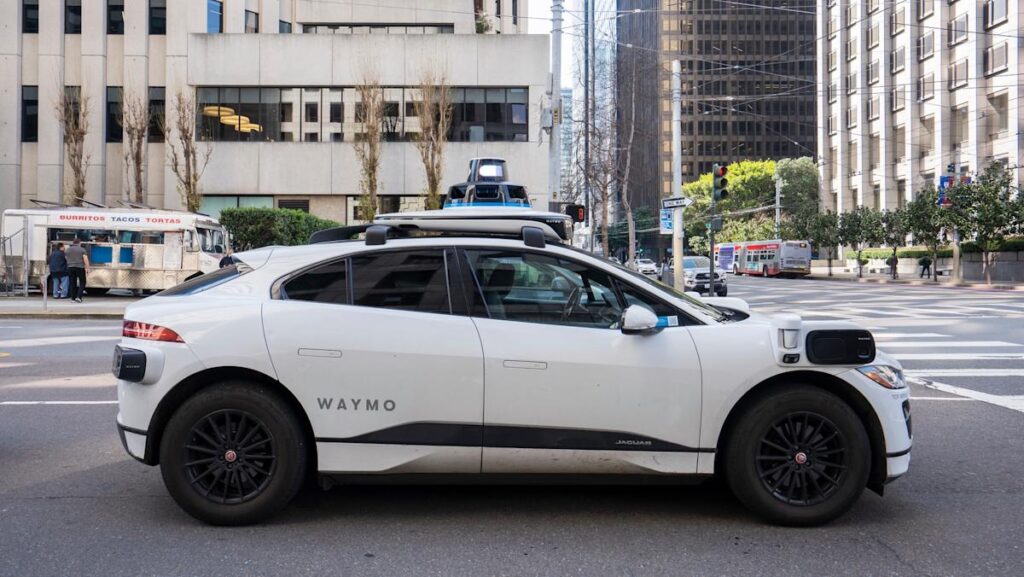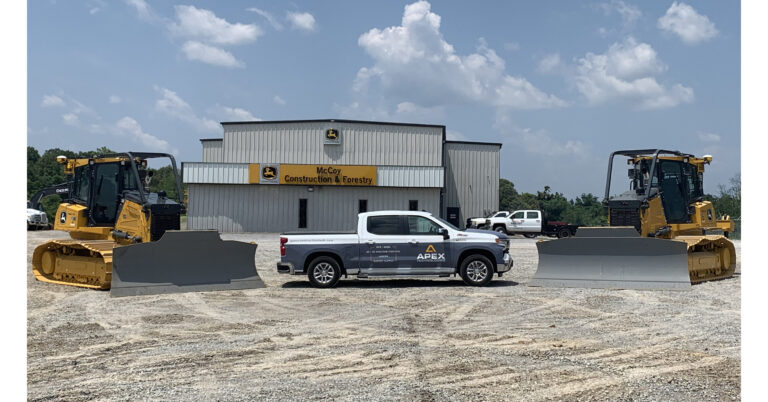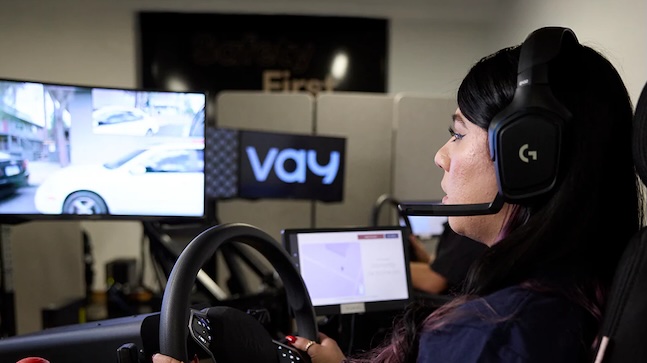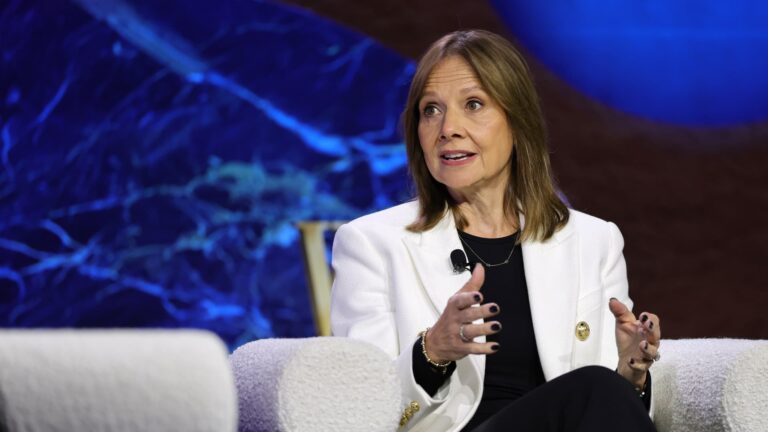
Tesla’s latest step toward self-driving technology is raising eyebrows — not just for what it includes, but for what it leaves out.
As competitors like Waymo and Volkswagen develop fully driverless vehicles with a full suite of advanced sensors, Tesla is sticking to its vision-only strategy, according to TipRanks.
CEO Elon Musk has long dismissed LiDAR (a laser-based navigation system) as “a crutch,” favoring a simpler, camera-only approach.
But now that the choice is being put to the test, the results are mixed at best.
What’s happening?
Tesla’s robotaxi program is beginning to roll out in Austin, Texas, built entirely on vision-based autonomy. That means no radar, no LiDAR — just cameras and neural networks trained on real-world data.
It’s impressive tech to be sure, but early feedback suggests this approach still has major kinks to work out. Footage from test riders shows the cars struggling with left turns, complex intersections, and even basic lane markings. Critics say the tech falls short of the Level 4 autonomy — the kind that lets cars drive themselves with no human input — that Musk has promised for years.
Watch now: Does clean energy really cause blackouts?
Meanwhile, rivals are gaining traction. Waymo’s robotaxis are already operating fully driverless in competitive markets like Phoenix and San Francisco, navigating construction zones, cyclists, and pedestrians with a confidence Tesla hasn’t yet matched. That doesn’t mean Tesla won’t match or exceed it, and it doesn’t mean Waymo has had perfect results, but most evaluations around the industry peg Tesla as lagging a bit behind, especially since it reached live testing later as well.
Volkswagen, too, is joining the race with its own LiDAR-powered robotaxis in Hamburg, Germany, developed with Mobileye. And last week, Uber announced it had struck a deal with EV maker Lucid and robotics tech company Nuro to roll out its own driverless rideshare system.
Why is Tesla’s approach concerning?
The stakes are higher than just bragging rights. Tesla’s strategy prioritizes lower hardware costs — omitting LiDAR helps reduce the price per vehicle, an understandable pursuit. But this could come at the expense of safety and reliability, especially in unpredictable or high-risk driving environments.
For everyday consumers, this tradeoff has real consequences. Delays in achieving safe, reliable autonomy can slow down the adoption of cleaner transportation solutions, which are critical for cutting air pollution and decreasing the size of the pollution blanket leading to the overheating of our planet.
|
Do you think a majority of Americans will have EVs in 20 years? Click your choice to see results and speak your mind. |
Tesla’s previous safety controversies — including scrutiny over its Autopilot system and crash investigations — also make it harder to build public trust.
What can be done about it?
While Tesla continues to refine its system, companies like Waymo and Volkswagen are showing that investing in layered, sensor-heavy tech may prove to be more effective in getting robotaxis on the road — and accepted by regulators.
For curious consumers, one way to support safer and more sustainable innovation is to stay informed and consider supporting policies that encourage responsible autonomous tech development.
If you’re in the market for an EV today, know that camera-based autonomy isn’t your only option — and that safety doesn’t need to be sacrificed for convenience or cost.
As the race to full autonomy heats up, the winner may not be the first to arrive, but the one that shows up ready, safe, and trusted.
Join our free newsletter for good news and useful tips, and don’t miss this cool list of easy ways to help yourself while helping the planet.





